Archives
We Have to Explain Risk to People as if They Were Five Years Old
Posted on January 16, 2022

People who are afraid of flying have an irrational fear of it, so it is difficult to try and rationalize things to fight that irrational fear. Teenagers with raging hormones hand over control of their actions to the more “autonomic” part of their brains. And people for whom life hurts will seek a way to ease that pain. What we do to respond to those fears, those urges, and that pain — and how we do it — will determine the level of harm we cause ourselves and each other. Without understanding the risks of the actions we take to do harm — and especially to reduce it — we will continue to make the same mistakes that end up hurting us.
The Pandemics You Can Try to Stop
Posted on March 18, 2020

So we didn’t stop the pandemic this time. Can we stop it next time? Can we stop an epidemic of anything anymore? What about the non-communicable diseases? How about stopping those epidemics of obesity or opioid overdose? Can politics ever stop getting in the way? Am I asking too many questions?
Local Indicators of Spatial Association in Homicides in Baltimore, 2019
Posted on March 3, 2020 2 Comments

Sure, you could use very expensive GIS software to do this, but why would you? Here I do some spatial association/autocorrelation analysis in R.
Calculating TB Exposure Time Using R
Posted on November 29, 2019
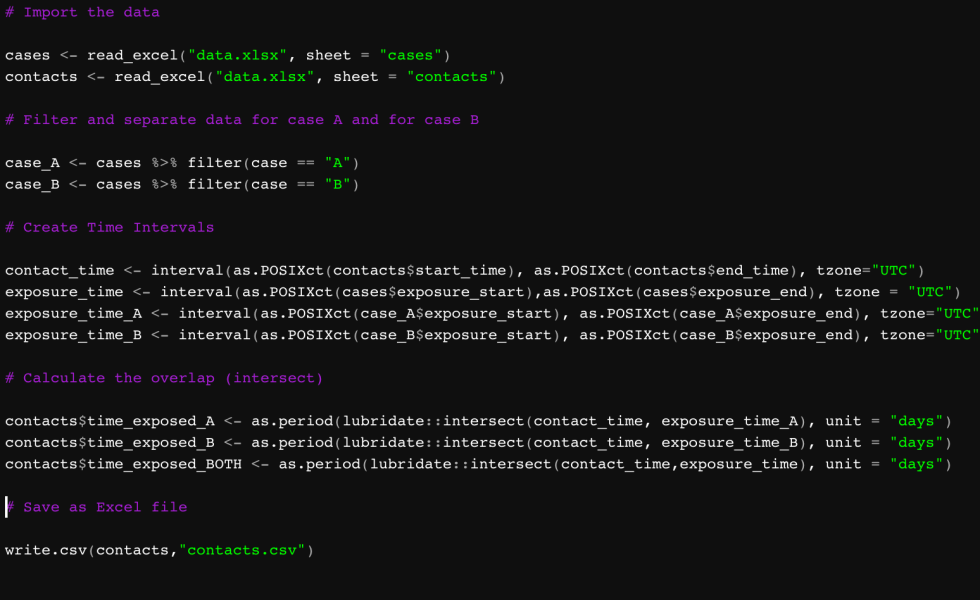
A quick explainer of how you can calculate exposure time between cases and contacts using R programming.
Some Things I Learned This Week
Posted on June 5, 2019 1 Comment
I’ve been at the annual conference of the Council of State and Territorial Epidemiologists all this week. The first conference I attended was back in 2008, when I was working at the Maryland Department of Health as an epidemiologist doing influenza surveillance. I remember it being a lot of fun because I got to learn a lot from people who had the same interests as I did. This has not changed much since then, but things around us in the world have. Let me explain…
Looking at Unmet Health Needs in Chicago, 2013
Posted on May 25, 2019
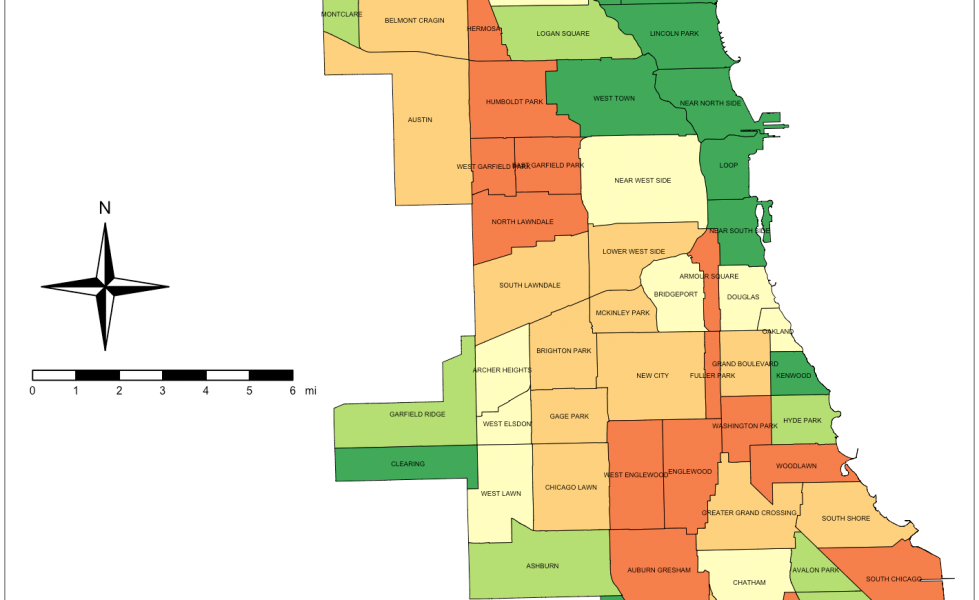
When comparing two or more health indicators, it’s important to keep in mind that they might be on a different scale and presenting completely different information. In order to make the comparison more accurately, you can standardize the variables’ values and then create a Health Condition Index. So let’s use R and some open data to see how this can be done.
Epi 101: Indirect Age Adjustment by Hand and in R
Posted on April 18, 2019
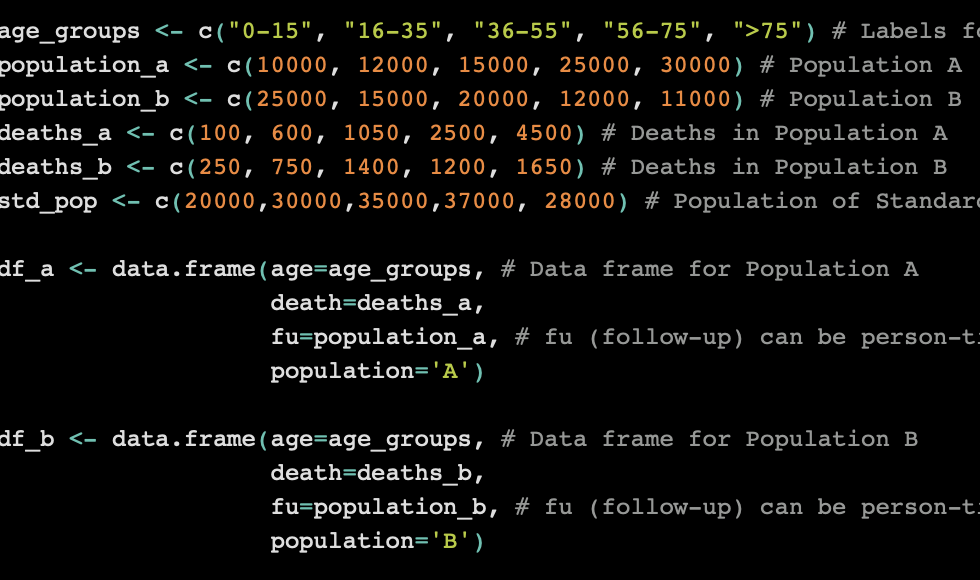
Sometimes, age-specific death counts are hard to come by. Something happened that doesn’t allow you to know how many people died in each age group, but you know the total number of people who died. So how do you account for differences in the age distribution of the population? Glad you asked!
The Canaries in the Coalmine
Posted on April 5, 2019 3 Comments
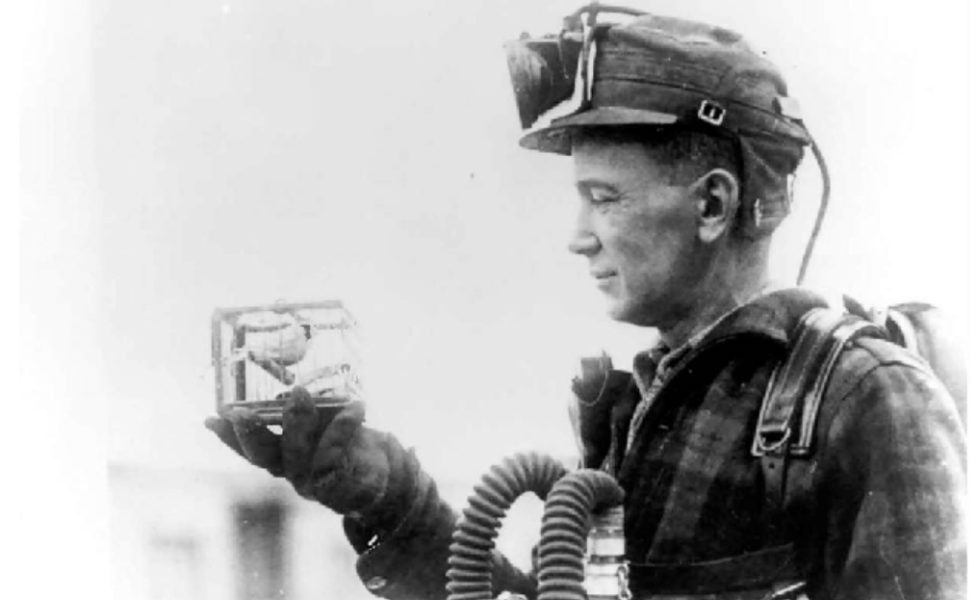
Anecdotes are not data, but they could be canaries in the coal mine that are still worth looking into. If we don’t do due diligence and look into them, what could happen? What could we delay or even miss out on doing?
Don’t Get Rid of Your Outliers Just Because
Posted on March 31, 2019 5 Comments
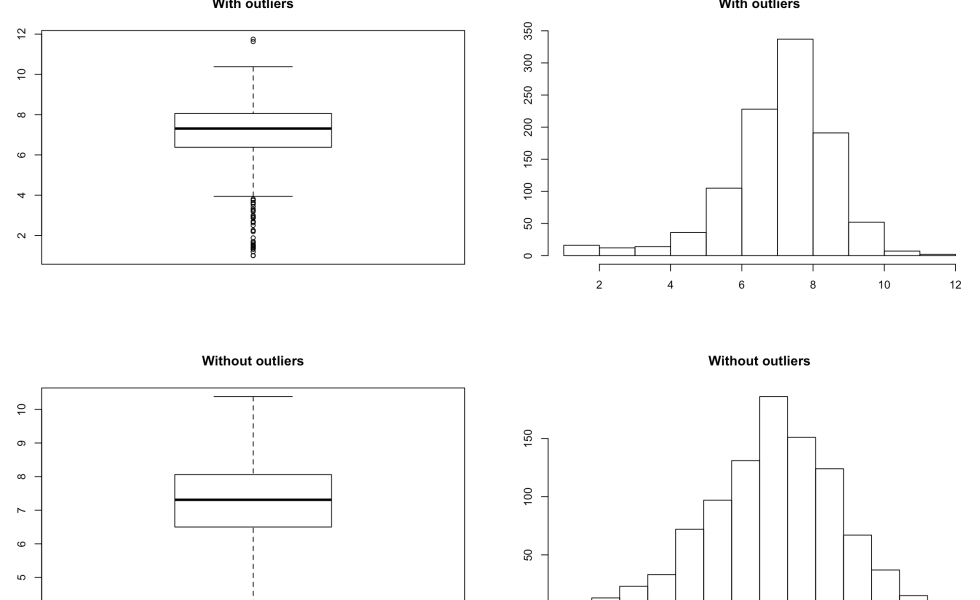
What happens when you get rid of your outliers? Depending on which outliers and how you chose to get rid of them, nothing might happen… Or you can royally screw things up.
Poopooing the P-Value
Posted on March 24, 2019

Have we become too dependent on the p-value being greater than or less than 0.05 in order to make our decisions? Yes. Probably. Maybe. I’m 95% confident we have…